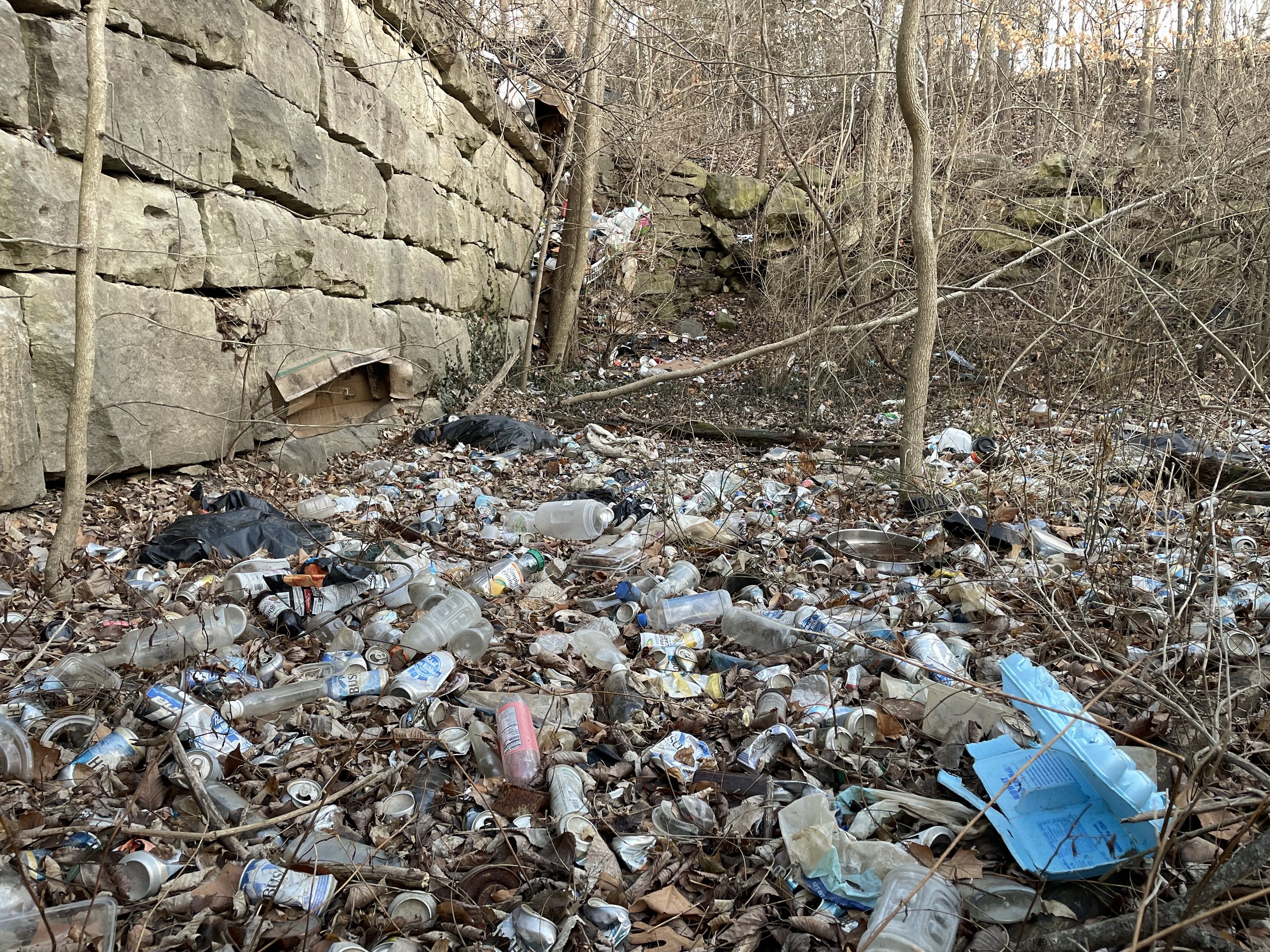Sherman’s Dam and Columbia’s First Power Plant
On January 10, 1910, the University Missourian reported Columbia citizens had experienced a lack of electricity for parts of the previous three nights due to a broken valve and demand for electricity outstripping the power plant’s capacity. The city’s first power plant was built less than twenty years earlier in 1892 by the private company Columbia Water and Light. The company was founded after a massive fire (see yesterday's entry) destroyed the main building of the University of Missouri. Since the 1870s the city had seen particularly destructive fires, including one that destroyed a whole block of Broadway. Wooden construction, indoor heating from wood and coal, but most of all the lack of a good water supply were to blame. After the university fire, the Missouri State Legislature ordered the city to find an adequate water supply and put fire hydrants near the school as a condition of allowing the institution to be rebuilt in Columbia.
So in 1892, Columbia Water and Light was created, primarily to solve the water problem, and to do so with an electric pump. Among its members were W. T. Anderson, R. B. Price and I. O. Hockaday of the Boone County National Bank, and David R. Francis, Governor of Missouri. A suitable location was found East of town along Hinkson Creek in what is today’s Stephens Lake Park. On December 20, 1892, S. D. Gordon was employed to build a dam, a steam powered pump, and a wooden electrical generation plant. The reservoir created was so large it extended upstream (North) of the dam for about 1 mile. The dam was named after the first superintendent of Columbia Water and Light: James Sherman.
Water and Electricity remained in the hands of the private Columbia Water and Light until 1904. The switch to public ownership is described by a Wikipedia article on Sherman’s Dam, drawn from an article by Columbia Daily Tribune writer and local historian Francis Pike. According to Wikipedia contributors:
In 1903 in Ithica, New York , a typhoid epidemic occurred, the source of which was traced to the city water reservoir which was very similar in arrangement to the Columbia facility. This raised awareness of the importance of public water supply for human health and prompted the Columbia City Council to conduct a study of the Hinkson Creek watershed. Various unsanitary hog facilities – where hogs were routinely fed carcasses of horses and cows, runoff from upstream slaughtering operations together with many primitive privies were revealed and resulted in the water supply to be deemed unsafe for potable water. This evidence was used by a citizen activist group called "The Municipal Ownership League" in their political efforts to set up a publicly owned utility which would provide safe drinking water from deep groundwater wells. The efforts were successful and in February 1904, the City of Columbia purchased the assets of Columbia Water and Light Company after overwhelming public approval in a $100,000 dollar bond issue.
This began Columbia’s public ownership of utilities, a tradition that continues in 2023. By 1910, when the Missourian was reporting black outs and strained capacity, the plant produced enough power for 208 street lamps, about 15,000 commercial bulbs and 61 private homes. In 1912 the city built a new power plant, the Municipal Power Plant on today’s Business Loop. The new plant was run in conjunction with the old one for a while. At some point the old plant was discontinued. Sherman’s Dam, in operation from 1894-1920, remained in use as a source of drinking water. Siltation of the basin was the cause of its closure. No source has been found describing if the dam was demolished or collapsed on its own. Large pieces of masonry remain in Hinkson Creek downstream of the dam site. At some point, a stone marker was placed commemorating its operation.
Today the ruins of the dam, though large, stand hidden by invasive honeysuckle and wintercreeper. They are best viewed from the creek bed and can be accessed in Stephens Lake Park, just North of the point where Broadway crosses the Hinkson. If you visit, be cautious, three young men fell “off a cliff” at the dam site on October 23, 2014, requiring a emergency response. Additionally, the woods near the dam has been called home by unhoused Columbians for decades, be respectful.
Below are five images of Sherman’s Dam, or what remains of it, taken by Matt Fetterly on January 9, 2023
View from the North
The East side of Hinkson Creek
The sluice, note the remaining iron control gate fixtures
The sluice in context of the eastern remains
Evidence of occupation
This CoMo 365 blog entry was constructed by Matt Fetterly using these sources:
University Missourian Reporter (January 10, 1910). Light Bill Settled By Lantern Light. Columbia, Missouri: University Missourian. Accessed on January 9, 2023.
Wikipedia contributors (January 28, 2022). Sherman's Dam. In Wikipedia, The Free Encyclopedia. Retrieved 01:28, January 10, 2023, from https://en.wikipedia.org/w/index.php?title=Sherman%27s_Dam&oldid=1068371345
Pike, Francis (1990). Whatever Happened to Sherman's Dam. Columbia, Missouri: Columbia Daily Tribune.
Columbia Water and Light Centennial (July 2004). How the tradition Began. Columbia, Missouri: Columbia Daily Tribune.
Lu, Jennifer (September 29, 2015). After 100 years, city electric plant burns its last load of coal. Columbia, Missouri: Columbia Missourian. Accessed January 9, 2023.
CoMo Magazine Writer (October 31, 2017). Columbia Municipal Power Plant. Columbia, Missouri: CoMo Magazine. Accessed January 9, 2023.
Do you have ideas for future CoMo 365 topics? Did you notice an error?
Email me at como365@protonmail.com or leave a comment below.





